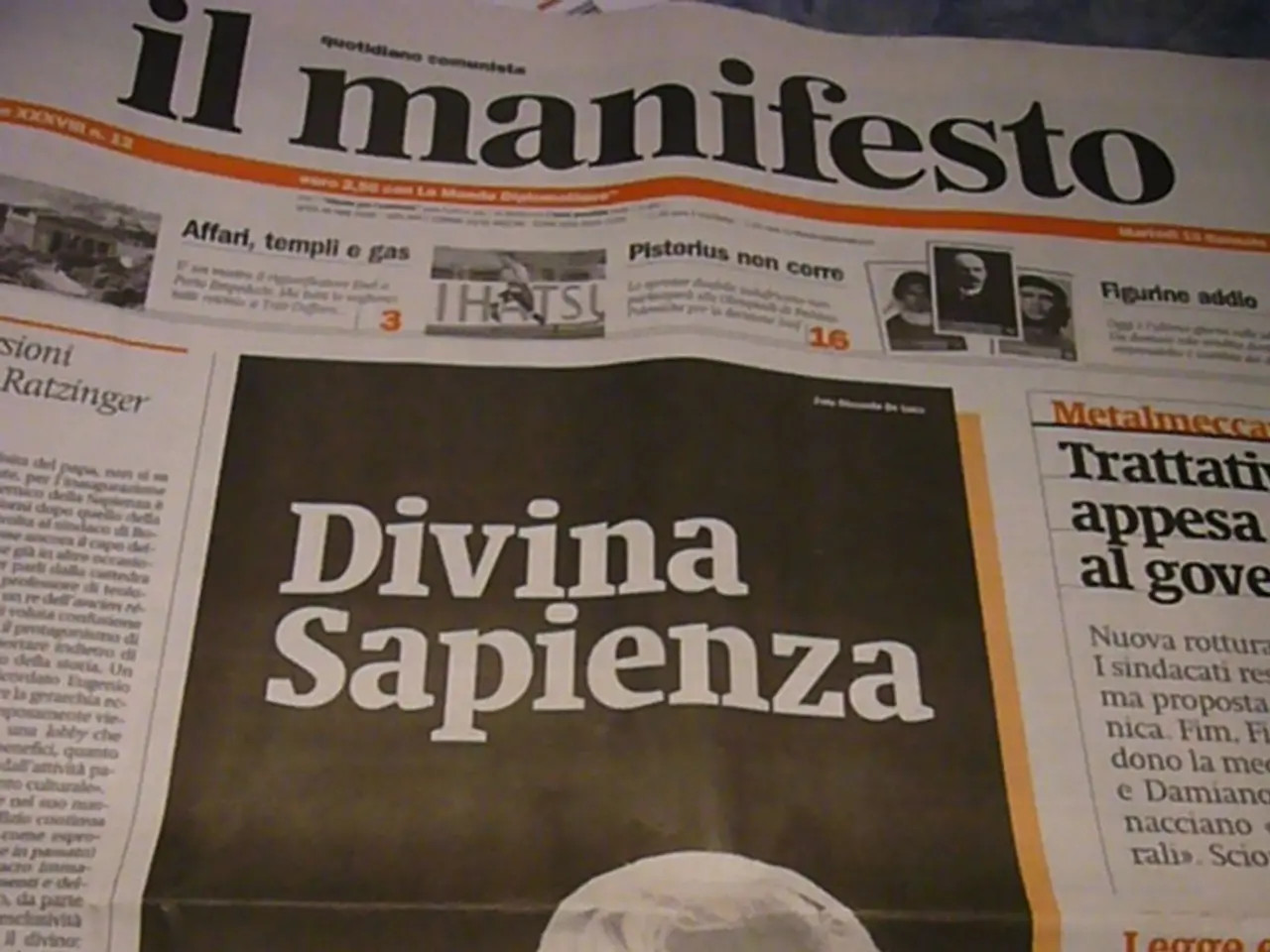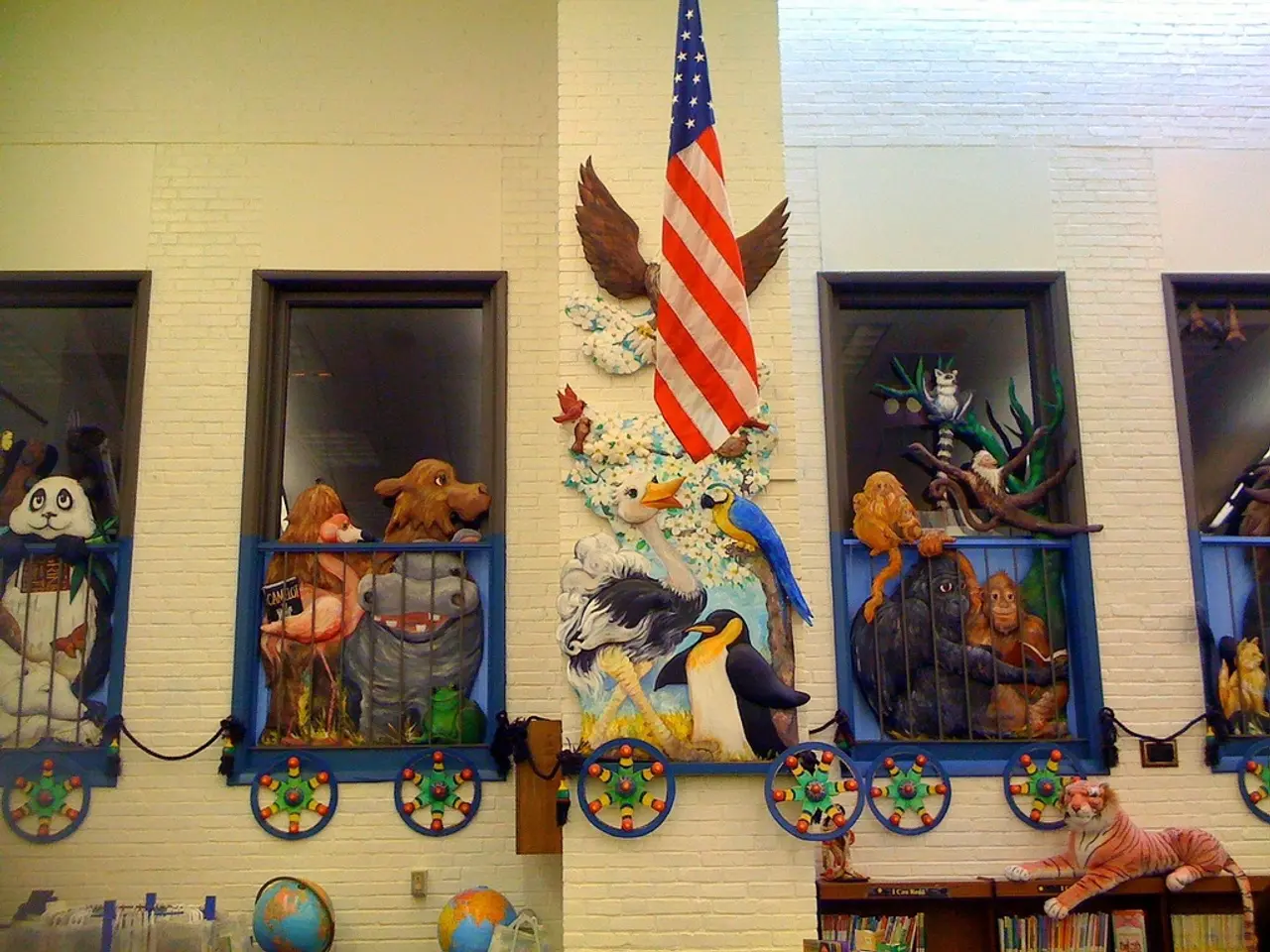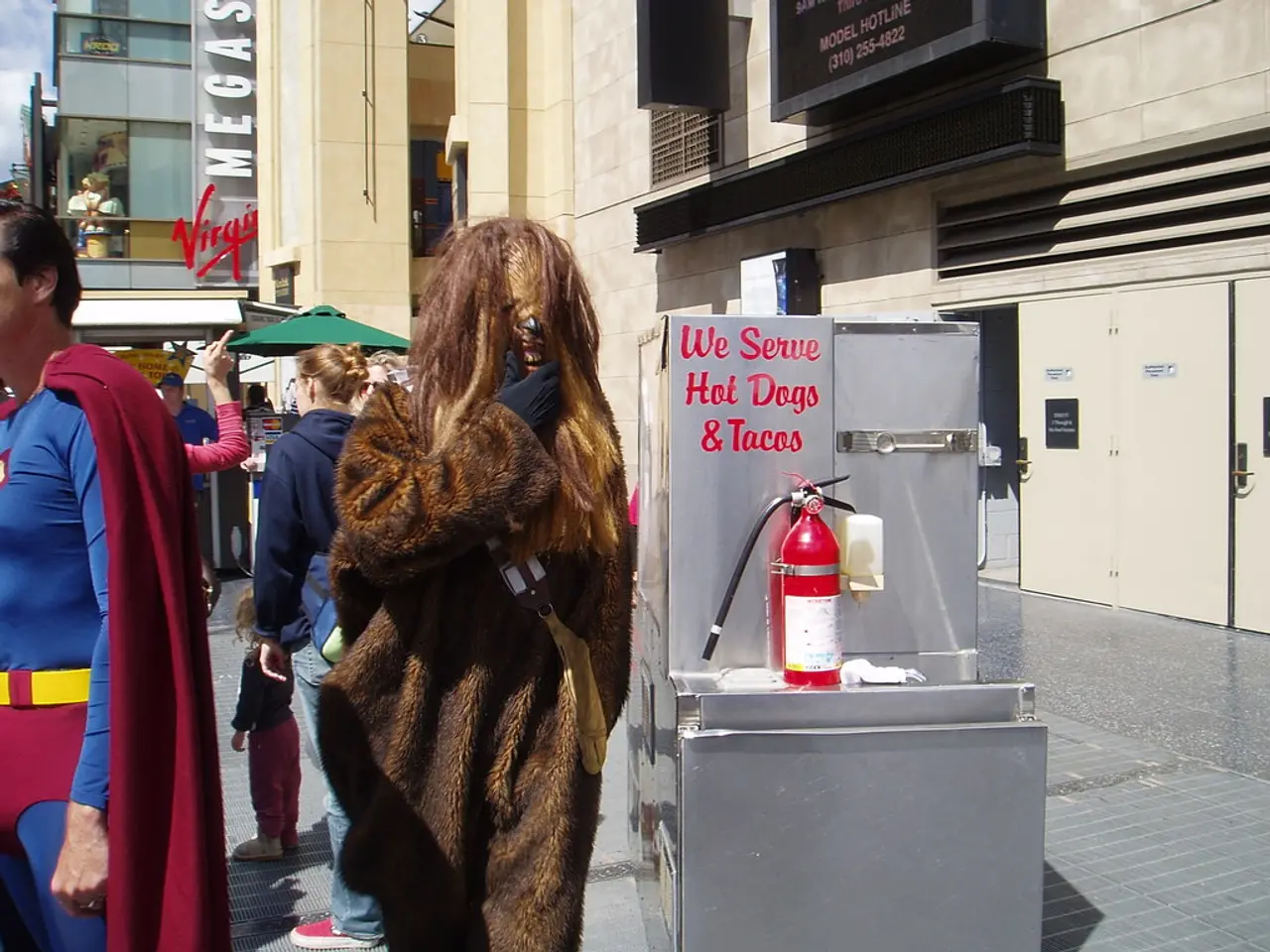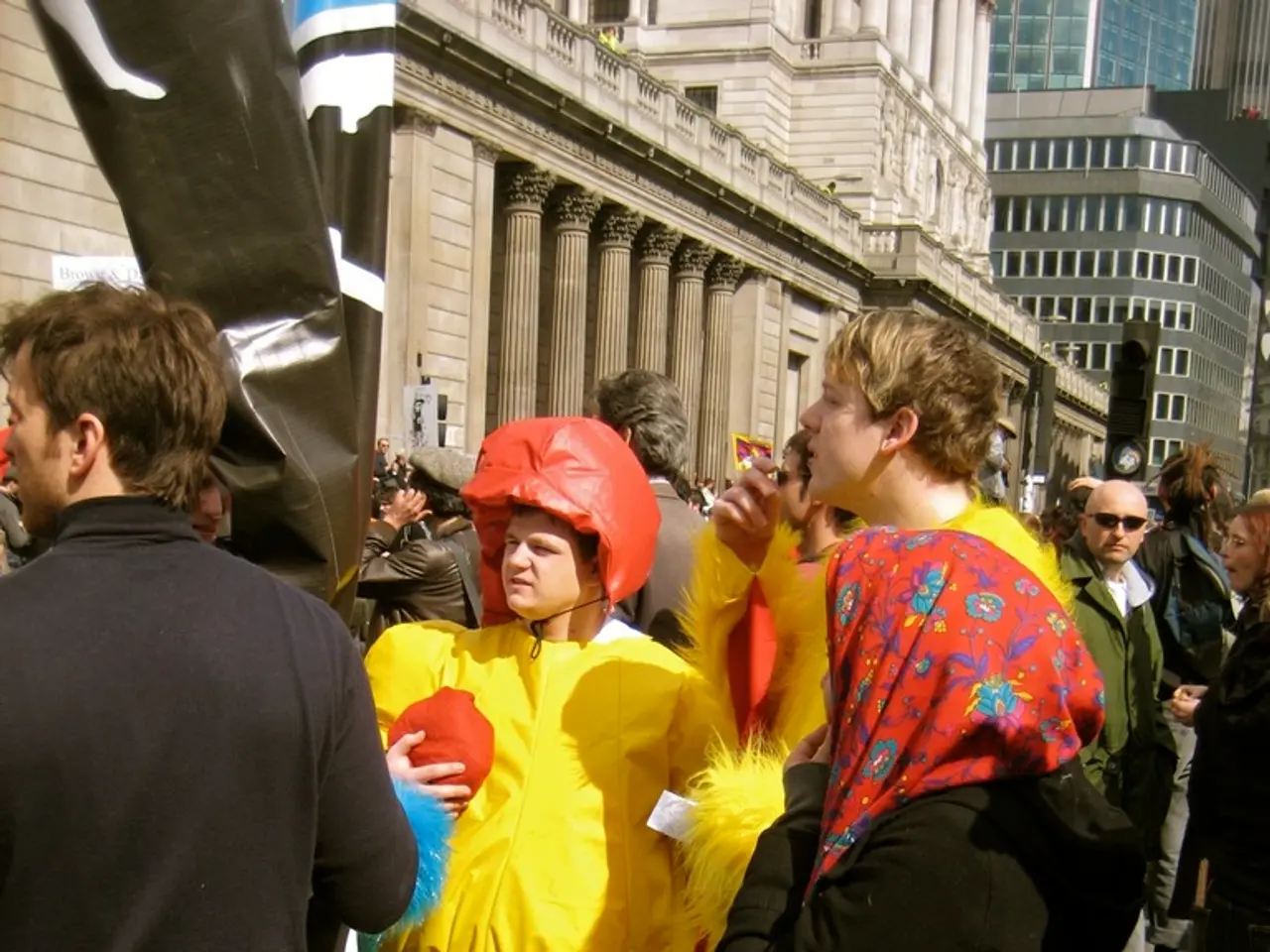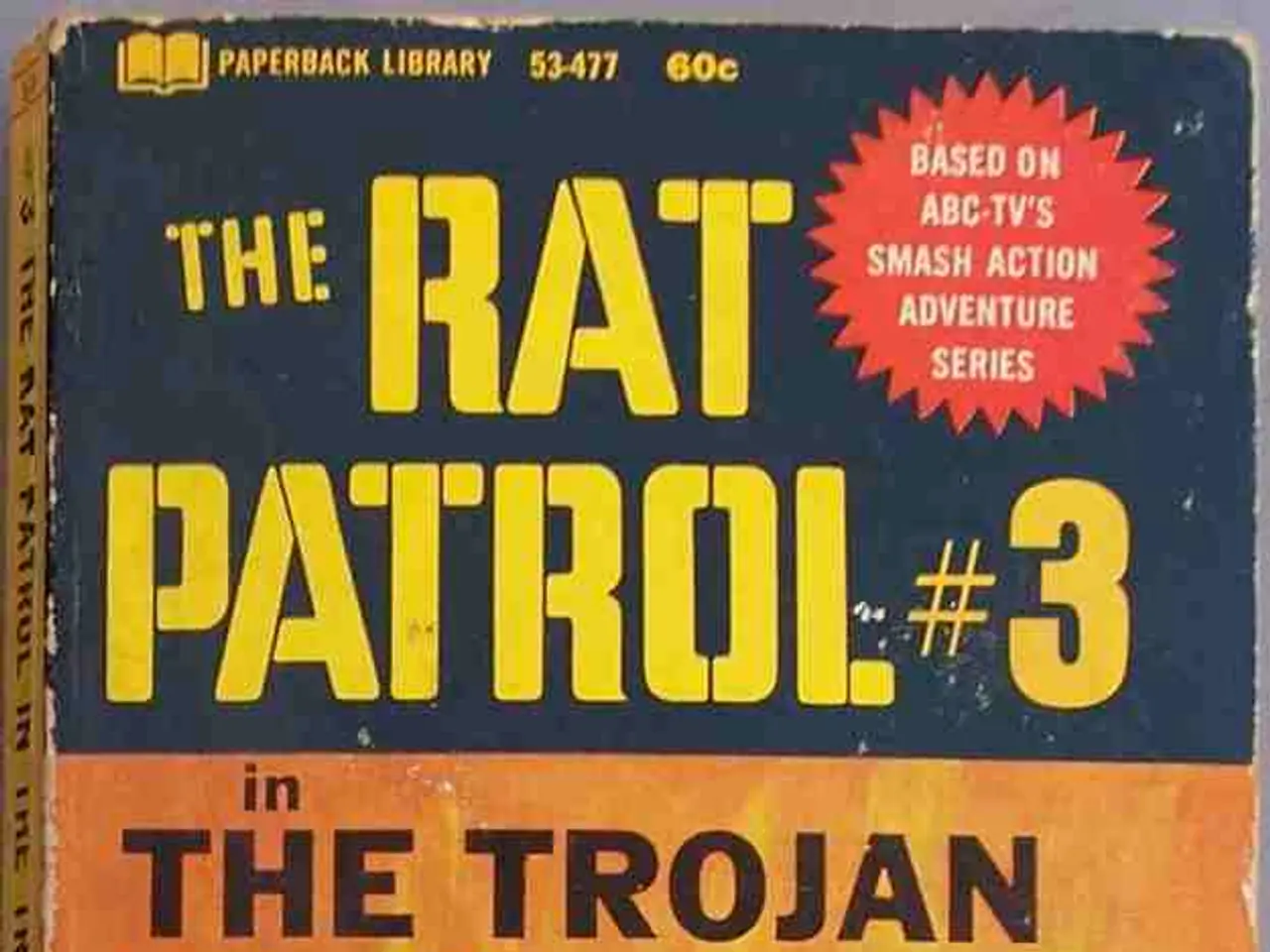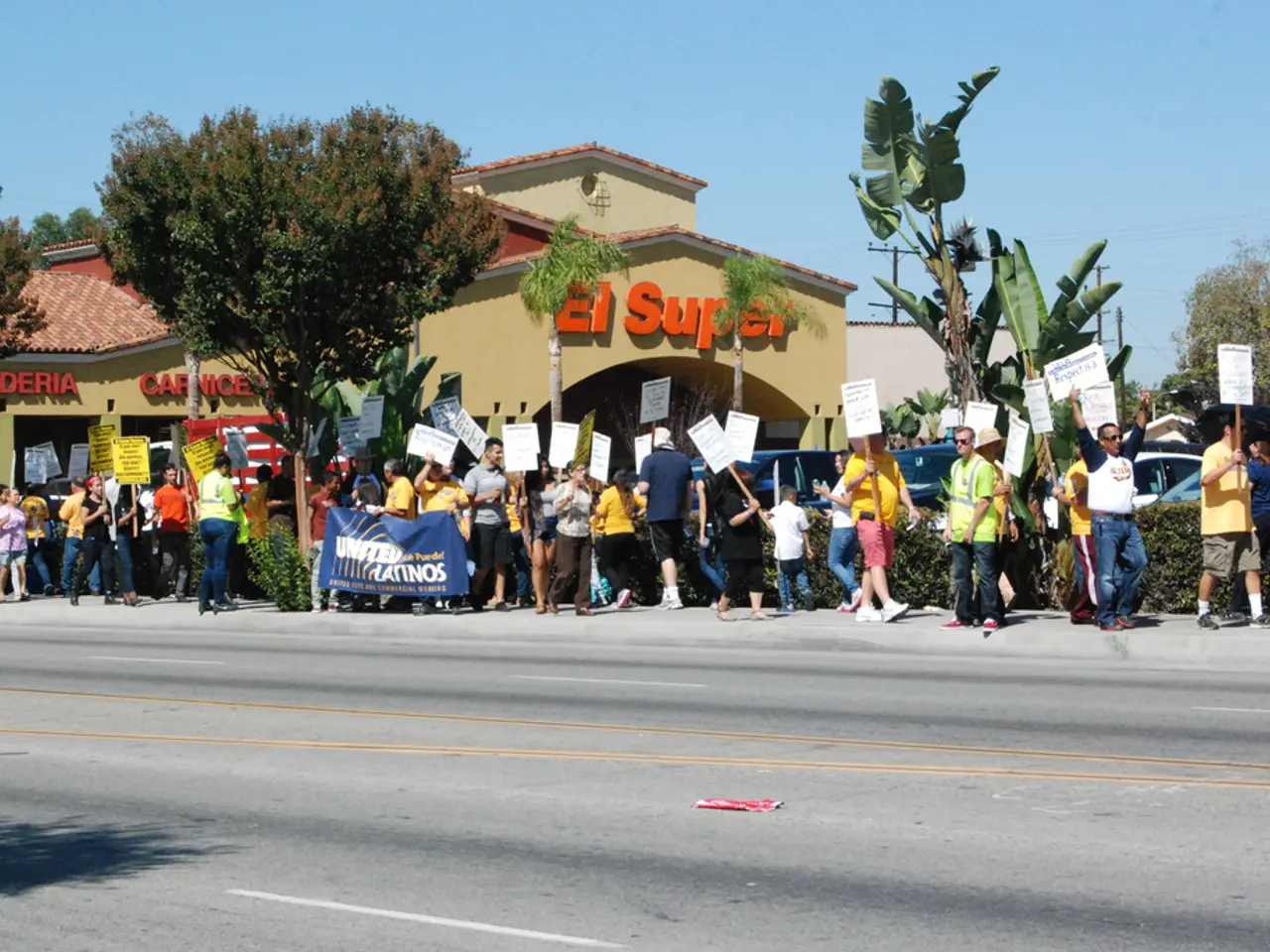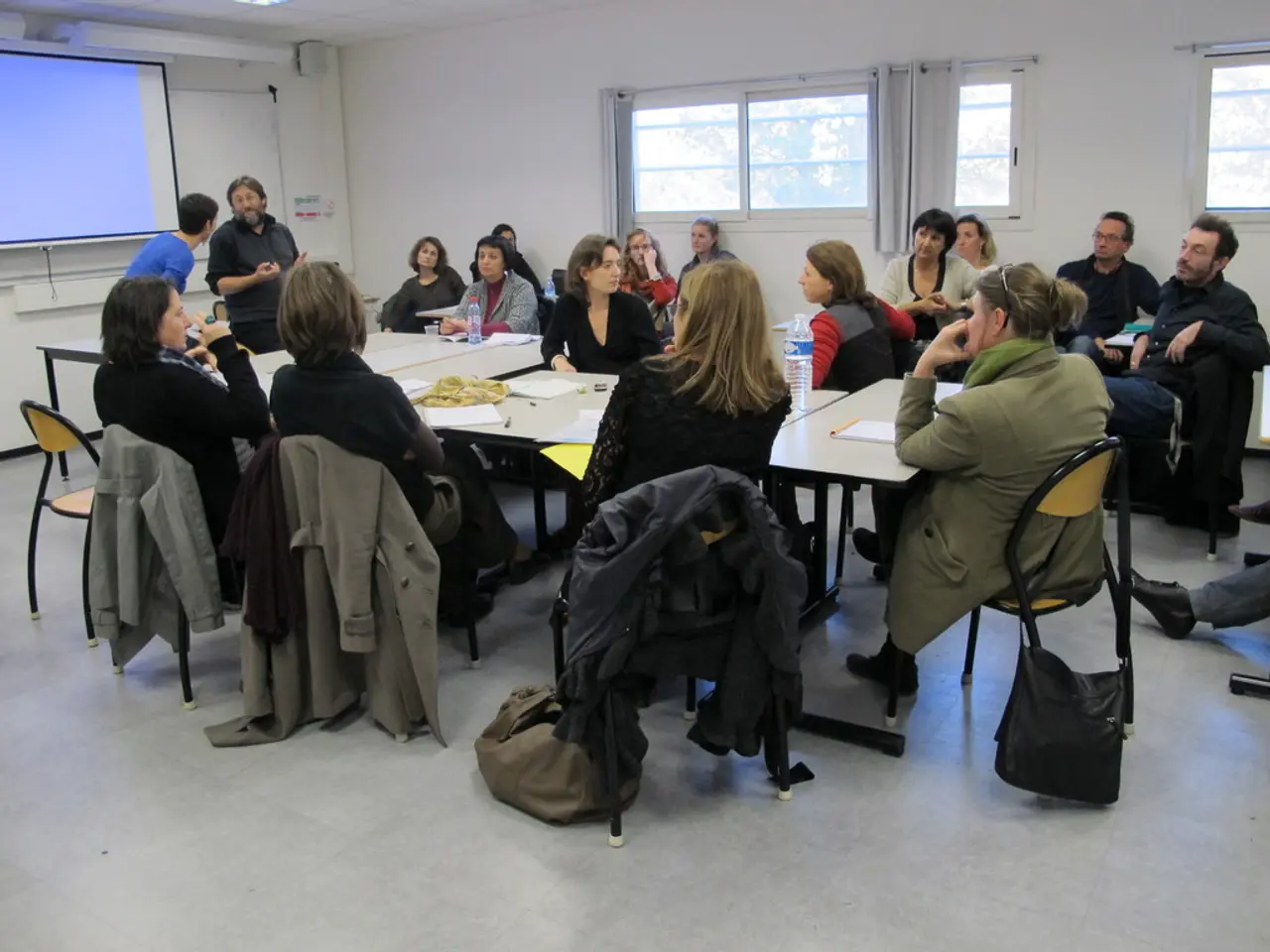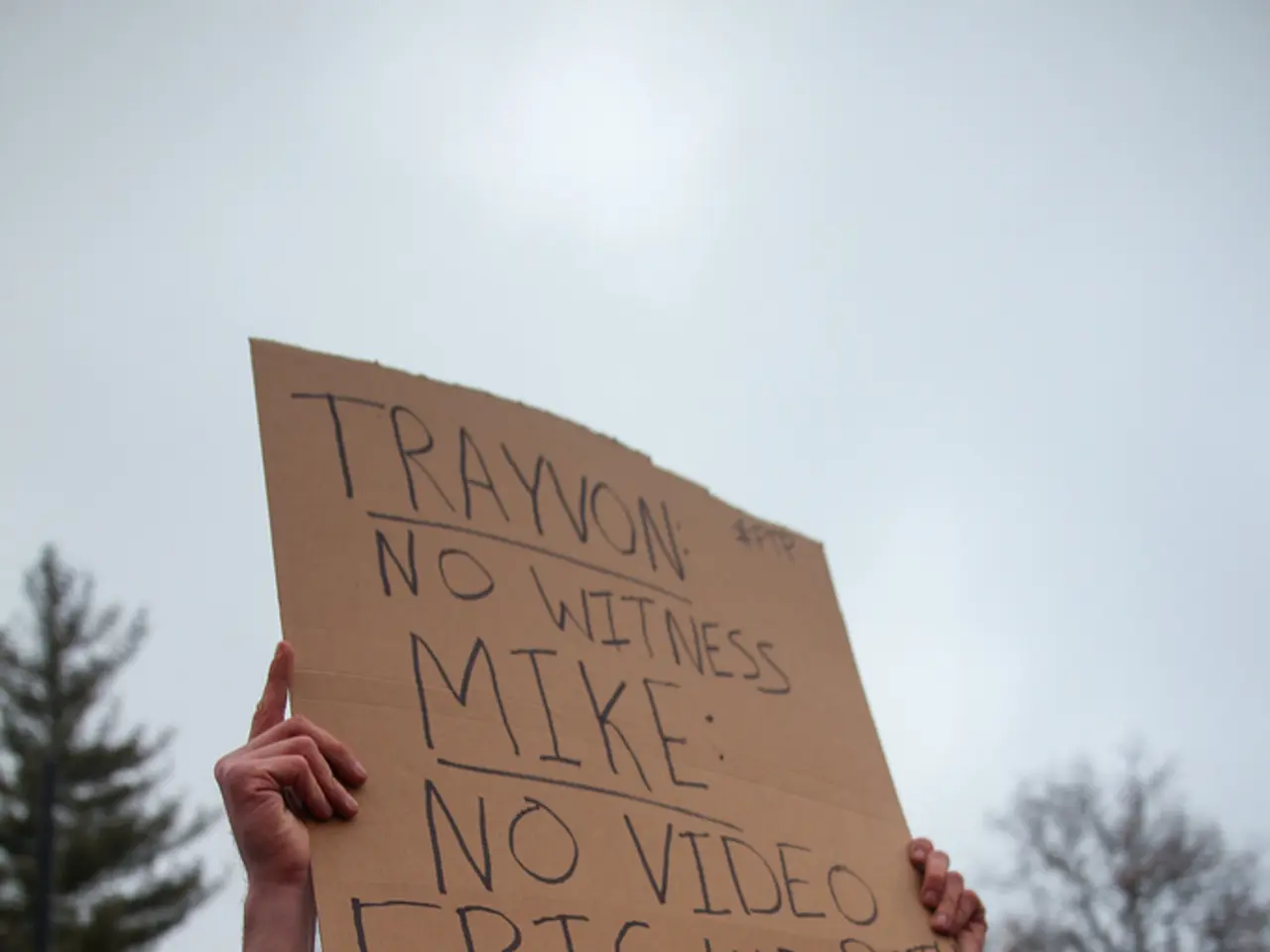Filmic Foreshadowing: Explaining its Meaning and Illustrations
In the world of filmmaking, the art of storytelling is a delicate balance between setup and payoff. One technique that filmmakers skillfully employ to create engaging narratives is foreshadowing.
Foreshadowing is a narrative device that subtly hints at future events in a story, building suspense, enriching character development, and creating a cohesive story arc that rewards attentive viewers. By integrating various techniques thoughtfully, filmmakers craft stories that are immersive and rewarding, encouraging viewers to engage closely and piece together clues alongside the unfolding drama.
Key ways filmmakers employ foreshadowing include:
1. **Dialogue hints**: Casual or seemingly minor lines often reference future actions or outcomes, planting early clues that gain significance as the story unfolds. For example, in Better Call Saul, throwaway remarks between characters foreshadow major plot twists and character fates well before they happen.
2. **Visual motifs and symbolic set design**: Filmmakers use objects, colors, repeated imagery, or mirrored scenes to signal upcoming events or thematic shifts. The gradual change in Jimmy McGill’s wardrobe to bolder colors symbolizing his transformation into Saul Goodman is a case in point.
3. **Character habits and decisions**: Repeated behaviors or minor decisions serve as subtle indicators of looming consequences, helping viewers anticipate character arcs and story developments.
4. **Layered storytelling and ambiguous scenes**: Ambiguity allows scenes to carry dual meanings that become clearer in hindsight, enhancing the narrative’s depth without overtly giving away twists.
5. **Audiovisual cues ("flashing arrows")**: These are deliberate highlights on objects or information that will become crucial later, guiding the audience’s attention to details that advance the plot.
6. **Plant and payoff structure**: Key elements are introduced early (planted) and later referenced or revisited for dramatic payoff, creating satisfying narrative payoffs that feel earned and coherent.
In effective foreshadowing, it's important to plan the payoff first, use visuals and subtext, be subtle, let characters do the work, avoid being too obvious, forgetting the payoff, overloading the script, and confusing the audience with red herrings.
Films like Get Out (2017) and Jaws (1975) masterfully use foreshadowing to enhance audience engagement and create a more memorable experience. The hit of a deer by Chris' car in Get Out foreshadows themes of racial violence and connects to the story of Chris' girlfriend's father's accident. In Jaws, the opening attack, eerie underwater camera angles, and iconic score set up the danger before the shark's first appearance.
More recently, Parasite (2019) uses staircases and the Scholar's Rock to foreshadow class conflict and descent into violence, becoming recurring symbols and weapons. The Lion King (1994) also uses classic foreshadowing techniques, such as hinting at Scar's ambitions and the subsequent climax being foreshadowed in the song Be Prepared.
In crafting a script, it's beneficial to focus on two to three strong setups rather than constantly signaling what's going to happen. The best foreshadowing feels invisible until it pays off, then it feels inevitable. By understanding and applying these techniques, aspiring screenwriters can craft their own stories with cohesion, depth, and the power to captivate audiences.
Screenwriting in movies-and-tv entertainment often incorporates foreshadowing as a narrative device, enhancing both suspense and character development. For instance, subtle dialogue hints, like throwaway remarks in Better Call Saul, can foreshadow significant plot twists and character fates.
Filmmakers can also employ visual motifs and symbolic set design, like the gradual change in Jimmy McGill’s wardrobe in Better Call Saul, to signal upcoming events or thematic shifts, thereby immersing viewers in the narrative and encouraging them to actively engage with the story.

